Animation showing the light curves of the extrasolar planetary system of the red dwarf star Gliese 436. As the planet's orbit is nearly edge-on to Earth, it passes in front of its star periodically, blocking some of its light and causing a regular dip in brightness, as shown by the yellow line. At the other side of the planet's orbit, it passes behind the star, and some of its own light is blocked. The coloured lines show six wavelengths of infrared light, and the varying degrees to which they're affected. The differences allow some information on the planet's temperature and chemical make-up to be gathered. The measurements revealed a Neptune-sized planet orbiting at some 4 million kilometres. Its surface temperature was found to be around 439 degrees Celsius, much hotter than would have been expected at its distance, implying a greenhouse effect at work. The measurements also revealed an abundance of carbon monoxide and a deficiency of methane. Gliese 436b was discovered in 2004, and these refined measurements were made in 2010 by the Spitzer Space Telescope.
Details
WebID:
C01808363
Clip Type:
RM
Super High Res Size:
1920X1080
Duration:
00:00:32.000
Format:
QuickTime
Bit Rate:
25 fps
Available:
download
Comp:
200X112 (0.00 M)
Model Release:
NO
Property Release
No

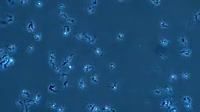

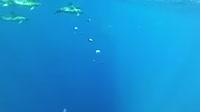

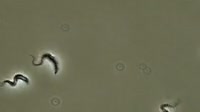

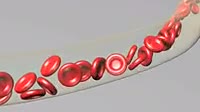



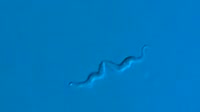

 Loading
Loading